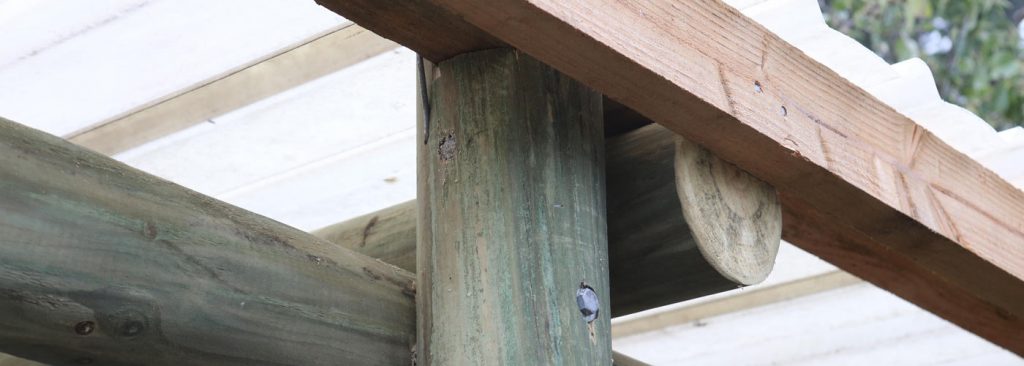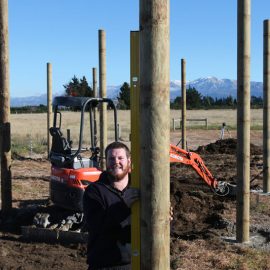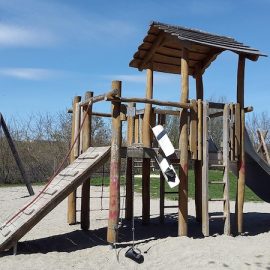
When you’re investing in timber poles for a construction project, whether it’s a barn, retaining wall, stockyard, or fencing, the treatment of the wood is one of the most critical factors to consider.
The Pole Man supplies H5-treated, lathe-turned poles engineered to withstand New Zealand’s toughest conditions. But what does timber treatment really mean, and why does it matter?
Here’s what you need to know before choosing your next pole.
What Is Timber Treatment?
Timber treatment is the process of applying chemical preservatives to wood to protect it from decay, insects, and environmental damage. Untreated timber is highly vulnerable, especially when used outdoors or in contact with soil or moisture.
Treatment significantly extends the lifespan of your poles, making them safer, stronger, and more reliable in the long term.
Understanding Hazard Classes (H1–H6)
In New Zealand, timber is classified by hazard levels (H1 to H6) depending on how and where the wood will be used:

For pole buildings, retaining walls, and anything structural in-ground, H5 is the gold standard.
Why H5-treated poles are essential
H5 treatment protects timber used in high-risk environments:
- Full contact with soil or concrete
- Constant exposure to moisture
- Long-term structural support
The Pole Man’s construction-grade poles are H5 treated, which means:
- They won’t rot underground
- They’re resistant to termites and fungal attack
- They meet or exceed NZ building code standards
How lathe-turning improves treatment penetration
- Lathe-turned poles aren’t just straighter; they allow better, more even treatment penetration
- Uniform surface area means fewer untreated patches
- Round shape ensures deep, all-around chemical absorption
- Removal of bark and surface defects allows cleaner, deeper penetration
This means stronger protection and a longer lifespan, especially for structural or load-bearing poles.
Tips when choosing treated timber poles
Always ask for the treatment class. Don’t assume. Some poles are only H3 or H4.
Check for treatment tags or stamps. H5 poles should be clearly marked.
Buy from a reputable supplier. At The Pole Man, we guarantee our poles meet H5 standards.
Store treated timber correctly. Keep it dry and off the ground before installation.
Don’t cut treated poles unless necessary. If you do, reseal the cut with an approved timber preservative.
Still have questions?
Timber treatment isn’t something to cut corners on. Whether you’re building a structure to last decades or just want peace of mind under your feet, H5-treated, lathe-turned poles from The Pole Man are the best choice for safety, durability, and performance.
Need help choosing the right pole for your project? Contact The Pole Man today and get expert advice from New Zealand’s custom pole specialists.


